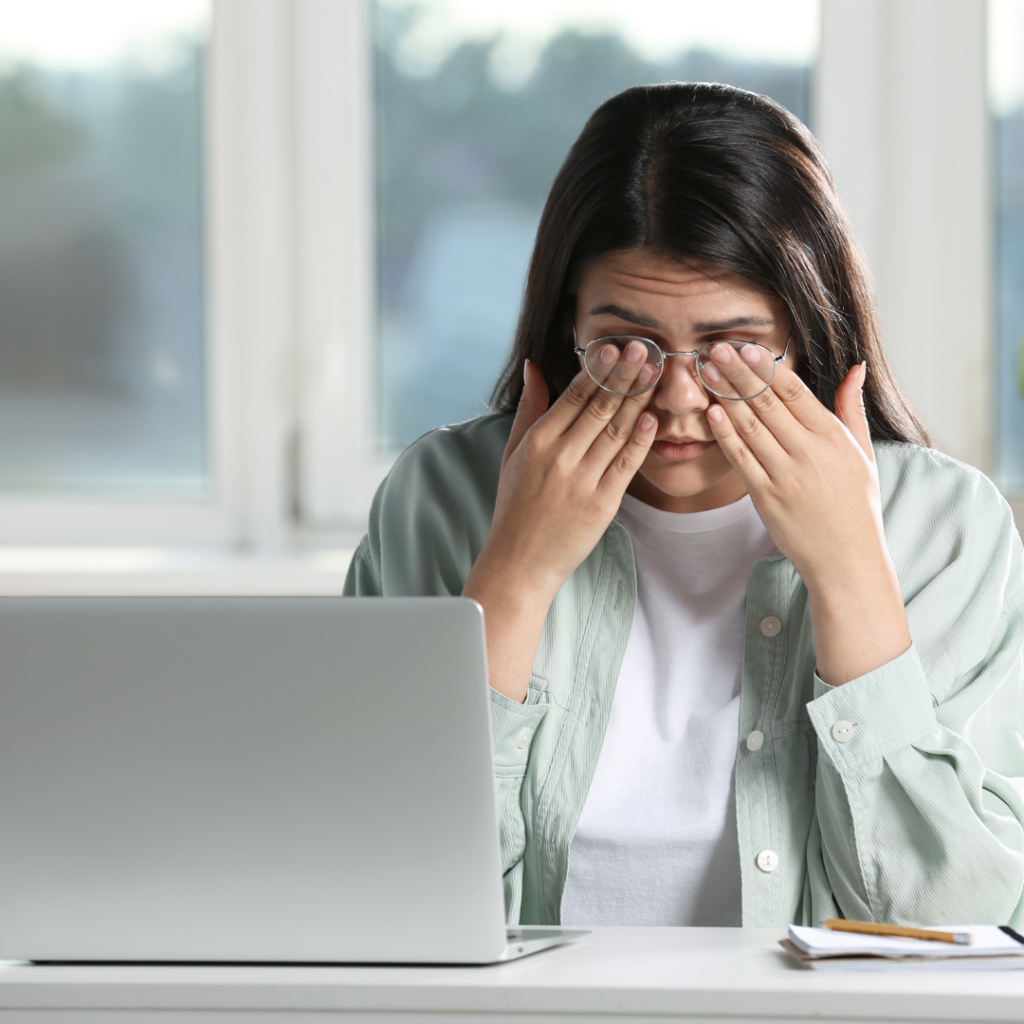Blue Light: Fact or Fad?

In today’s digital age, many of us spend countless hours staring at computer screens and mobile devices. This prolonged exposure to screens has led to concerns about the potential harm caused by blue light. While some studies have linked blue light to eye strain and other issues, the scientific community is divided on the matter. So, is blue light really as harmful as it’s made out to be, or is it just a passing trend?
Blue light, which has higher energy per photon than other visible colors, has been suggested as a potential cause of damage to our eyes and overall well-being. Some studies claim that blue light passing through the cornea and lens to the retina can lead to problems like dry eyes, cataracts, and age-related macular degeneration. However, experts from the American Academy of Ophthalmology point out that there is currently no scientific evidence proving that blue light from digital devices causes direct damage to the eyes. The discomfort experienced by many individuals after prolonged screen time is likely due to digital eye strain, rather than blue light exposure itself.
While the impact of blue light on the eyes remains uncertain, scientists agree that it can influence our circadian rhythms—an essential physiological cycle that regulates sleep, mood, and appetite. Exposure to blue light in the evening can disrupt these rhythms, potentially leading to sleep disturbances and mood changes. It’s important to note that the strongest source of blue light exposure is not digital devices but rather the sun itself. Wearing quality sunglasses when outdoors can help protect your eyes from both UV and blue light damage.
If you experience eye discomfort while using screens, it’s likely due to eye strain. To give your eyes a break, follow the 20-20-20 rule—every twenty minutes, take a twenty-second break to look at something twenty feet away. This simple practice can help alleviate eye fatigue.
If you’re uncertain about the impact of blue light on your eyes and overall health, it’s always best to consult with an eye care specialist.
Blumenstock Family Eyecare is here to address any concerns or questions you may have. Reach out to us for expert guidance and personalized advice. Give us a call at 402-421-7773 or book your appointment online.
